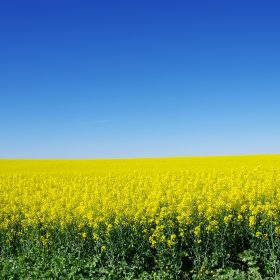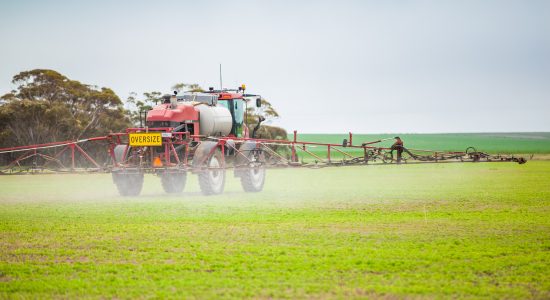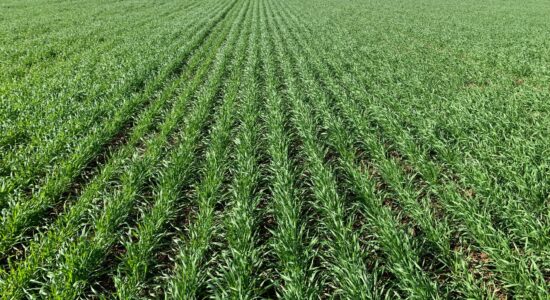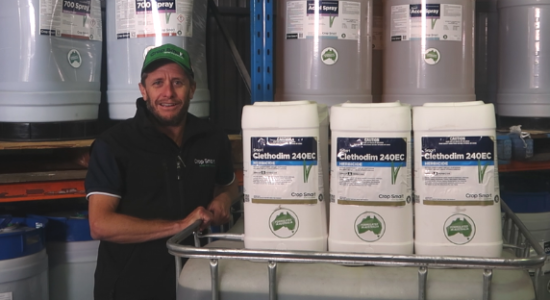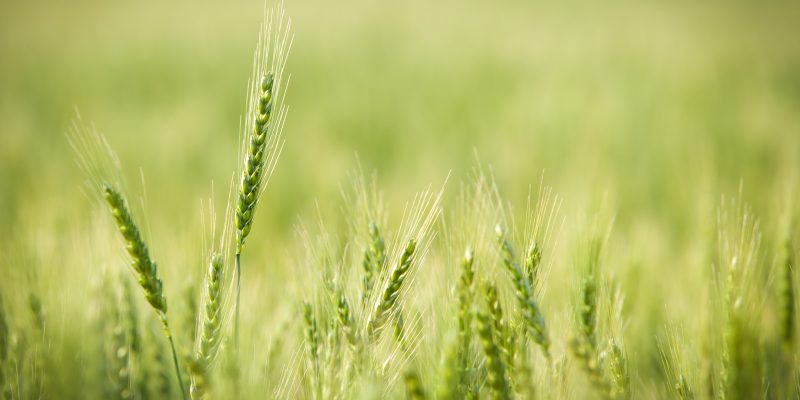
Agronomy Update September 2024
Plant Hormones are Critical in a Dry Year
The season has thrown many curve balls across Southern Australia. The rain simply has not come. We all know there is no silver bullet and without mother nature being kind to us, our options are limited. The season has created different conversations compared to other seasons and shown different nutrition challenges, that we hope can be a silver lining to an otherwise forgettable season. Here’s what we have learned:
- Getting the crop off to a good start is vital. Getting the roots deeper to find the moisture in the lower horizons is critical here.
- Due to dry top horizons, we have seen very little mineralisation of trace elements. These same trace elements are critical for stimulating root growth hormone production (zinc).
- Don’t forget iron – we tend to focus a lot on zinc, copper and manganese, but iron has often shown to be a limiting factor this season.
- Regions where boron is usually ok to high, have been more prone to boron toxicity. This has been determined by visual analysis and dry tissue testing. Often boron in sap has shown to be low to good, but a dry tissue will show high boron (sap tells you where the plant is heading, tissue tells you where it has been!). Boron toxicity can be confused with a potassium deficiency which shows the same symptoms – tip burning and yellowing of the tip. Much of the feedback is the “usually good” areas are struggling this year and the “usually weak” areas are doing better. Often in this situation boron has been the culprit.
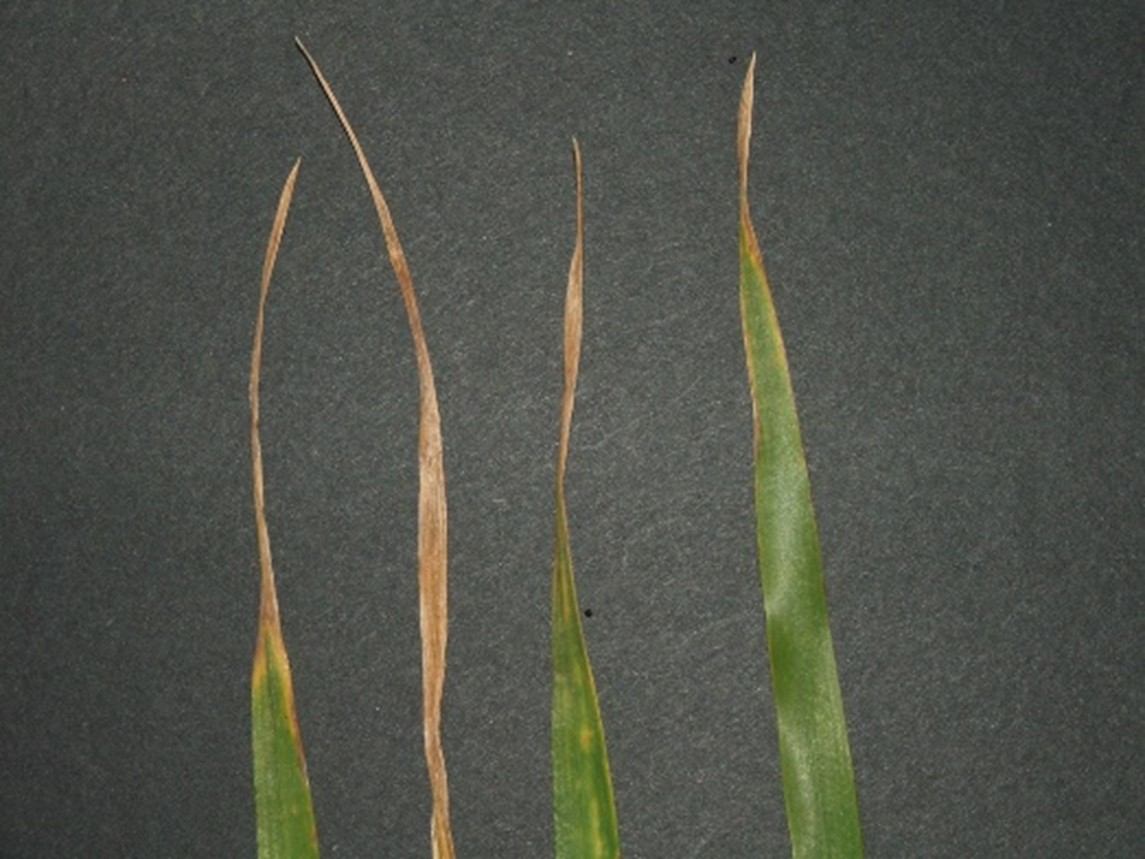
Boron Toxicity in Wheat
What have we learned from this?
Farming is about minimising risk. Using the tools available to us such as soil, sap and tissue analysis will assist you in learning potential limiting factors to allow you to implement strategies to minimise risk and build crop resilience.
Where to from here?
Most farmers are praying for rain, but there are things we can we do to potentially keep the crop alive and delay physiological process such as senescence (haying off). The key is to keep the roots moving. When the roots are stimulated, they produce a hormone called auxins. Auxins are the engine room of the plant. When auxins are getting produced, the plant will produce other hormones called cytokinin, which is the hormone to tell the plant to keep actively growing with its physiological stage – this is critical for grain filling. Other physiological benefits of the roots moving are improved calcium uptake for cell wall integrity, improved potassium for stomata guard cell integrity (reduced wilting) and nutrient mineralisation.
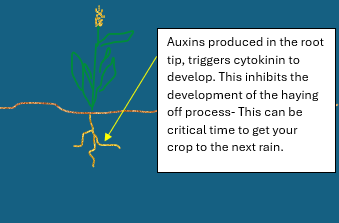
Auxins in the root tip trigger cytokinin to develop
The minute the roots stop moving, the plant hormone system converts the plant into “shut down mode” by producing the senescence (haying off) hormone called ethylene. In short if we can keep the roots moving, we keep the plant alive.
You can speak to your local representative who can assist with product options to help with this process. Most of these products involve zinc, fulvic acid and kelp (which contains a concentrate of the auxin hormone), such as Smart Select P-Maxi Trace. Don’t hesitate to reach out if we can assist you.


